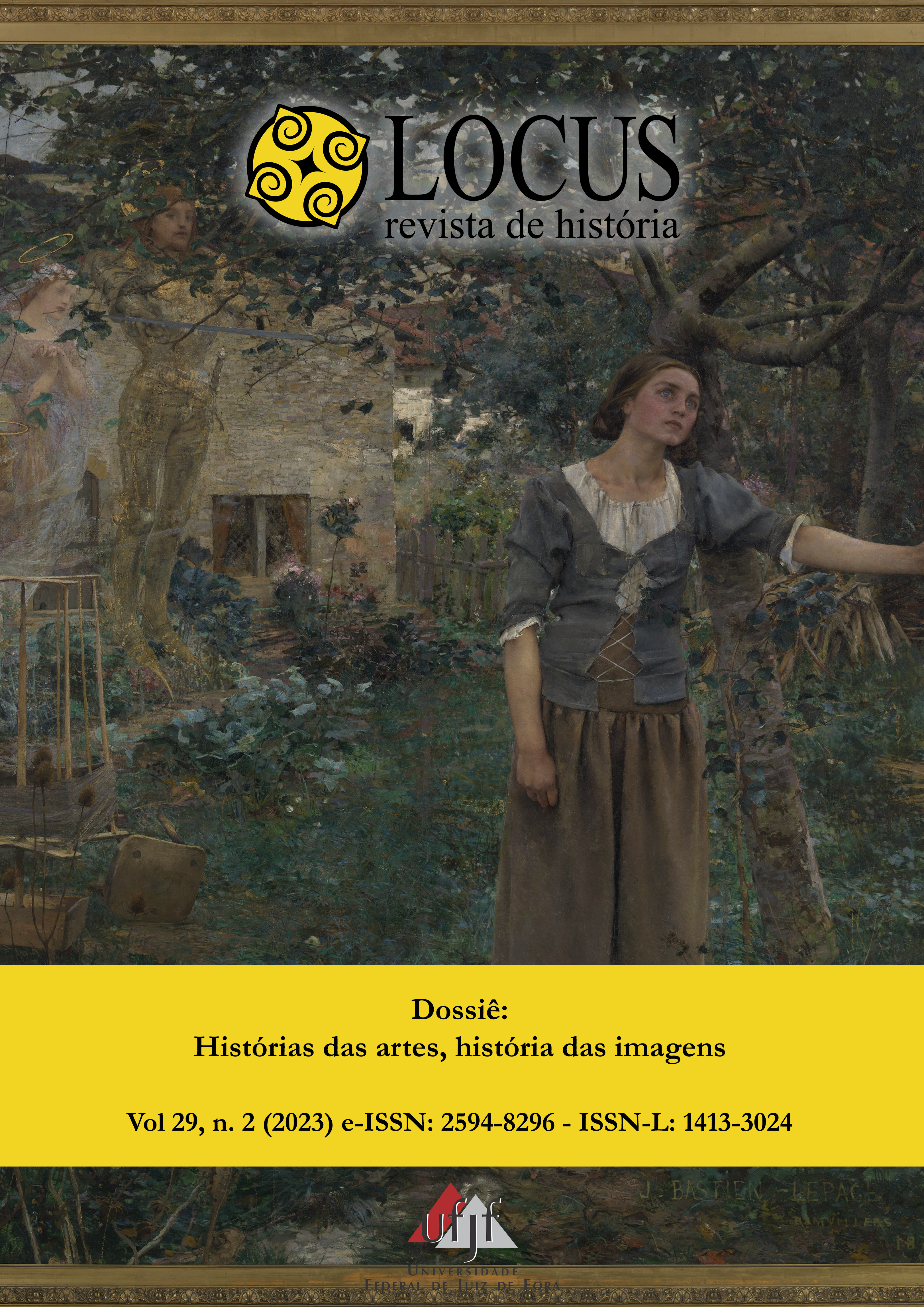Published 2024-01-08
Keywords
- arte colombiano,
- arte contemporáneo arte afrodiásporico,
- pensamiento afrodiásporico,
- feminismo negro,
- artes visuales
- performance ...More
How to Cite
Copyright (c) 2024 Nohora Arrieta Fernandez

This work is licensed under a Creative Commons Attribution 4.0 International License.
Abstract
What are the languages and forms that appear when we put together the visual proposals of four Afro-Colombian artists? What does their practice say about what we imagine as contemporary art in Latin America? What does it say about the ways we conceive the history of art? Dialoguing with categories taken from Afro-diasporic thinking, this essay inquiries into the projects of Liliana Angulo (1974), María Méndez (1990), Astrid González Quintero (1990) and Lyann Quartas (1990), to draw some of the modos de ser y hacer that are activated in their poetic universes.
Downloads
References
- Abello Vives, Alberto. 2015. La isla encallada. El caribe colombiano en el archipiélago del Caribe. Siglo del hombre editores.
- Alexander Jaqui and Gina Ulysse. 2015. “Groundings on Rasanblaj with M. Jacqui Alexander”. En Emisférica (12): https://hemisphericinstitute.org/en/emisferica-121-caribbean-rasanblaj/12-1-essays/e-121-essay-alexander-interview-with-gina.html
- Angulo, Liliana. 2008. “¡Quieto Pelo!”: https://www.banrepcultural.org/proyectos/afrocolombianidad/quieto-pelo-proyecto-artistico-de-liliana-angulo
- Angulo, Liliana. 2021. “Entrevista con Sandra Montenegro”: https://www.instagram.com/p/CWglc2TJeaK/
- Arrieta Fernández, Nohora. 2021. Poéticas amargas: estéticas y políticas de la plantación de azúcar en Brasil y el Caribe (1990-2018). Tesis de doctorado, Georgetown University.
- Bourriaud, Nicolas. 2006. “Relational Aesthetics”. En Participation, editado por Claire Bishop. Whitechapel Ventures Limited.
- Brathwaite, Kamau. 1975. “Caribbean Man in Space and Time”. Savacou 11/12: 1-11.
- Campt, Tina. 2017. Listening to Images. Durham and London: Duke University Press.
- Casamayor-Cisneros, Odette. 2022. “Birthing Ourselves. Black womanhood and epistemological marronage in Latin American and Caribbean Literatures”. En The Routledge Companion to Twentieth and Twentieth-First Century Latin American Literary and Cultural Forms, editado por Guillermina de Ferrari y Mariano Siskind, 309-319. Londres: Routledge.
- Curiel, Ochy. 2007. “Crítica poscolonial desde las prácticas políticas del feminismo antirracista”. Nómadas 26: 92-101.
- Enwezor, Okwui. 2008. “Archive Fever: Photography between History and Monument”. En Archive Fever: Uses of the Document in Contemporary Art, 11-51. New York: International Center of Photography.
- Ferdinand, Malcolm. 2022. Decolonial Ecology: Thinking from the Caribbean World. Durham and London: Duke University Press.
- Giraldo Escobar, Sol Astrid. 2014. Retratos en Blanco y Afro. Bogotá: Ministerio de Cultura de Colombia.
- Gónzalez Quintero, Astrid. “Hablar a plantas”, página de artista: https://astridgonzalezartista.weebly.com/hablar-a-plantas.html
- Hartman, Saidiya. 2008. “Venus in Two Acts.” Small axe: a journal of criticism 12.2: 1–14.
- Kelley, Robin D. G. 2002. Freedom Dreams: the Black Radical Imagination. Boston: Beacon Press
- Laó-Montes, Agustín. 2026. “Afro-Latin American Feminisms at the Cutting Edge of Emerging Political-EpistemicMovement”. Meridians:feminism, race, transnationalism 14, 2: 1-24.
- Lopes, Fabiana y Alexandre Araujo Bispo. 2015. “Presenças: a performance negra como corpo político”. Harper´s Bazaar Art: 106-112.
- Lopes, Fabiana. 2016. “Território silenciado, território minado: contranarrativas na produção de artistas afro-brasileiros contemporâneos”. En Territórios: artistas afrodescendentes no acervo da Pinacoteca. São Paulo: Pinacoteca do Estado.
- Lopes, Fabiana. 2019. “Black Performance in Brazil: Hidden stories and the rough vibrancy of now.” Nka. Journal of Contemporary African Art 44: 64-76.
- Lopes, Fabiana. 2020. “Sobre Gatherings, Ajuntamentos e Hábitos de Assemblagem”. En Femininos, visualidades, ações e afetos, 302-312. Porto Alegre: Fundação Bienal do Mercosul.
- Méndez, María. 2023. Entrevista con la artista
- Molina-Bautista, Angélica-María. 2022. “‘Yo te conjuro por san Pedro...’. Prácticas mágicas y vida cotidiana en mujeres de origen africano en la Inquisición de Cartagena durante el siglo XVII”. Historia y Sociedad, 43: 250-277.
- Moura, Clóvis. 1988 (1959). Rebeliões da Senzala (1959). Porto Alegre: Mercado Aberto.
- Nascimento, Beatriz. 1985. “O conceito de quilombo e a resistencia cultural negra”. Afrodiáspora: Revista do mundo negro. 6-7: 41-49.
- Quartas, Lyann. Portafolio de artista.
- Trouillot, Michel. 1985. Silencing the past. Power and the production of history. Boston: Beacon Press.
- Vergara, A. y Arboleda, K. 2014. “Feminismo afrodiaspórico. Una agenda emergente del feminismo negro en Colombia”. Universitas Humanística 78: 109-134.
- Wynter, Sylvia. 1971. “Novel and History. Plot and Plantation”. Savacou 5: 95-102.

